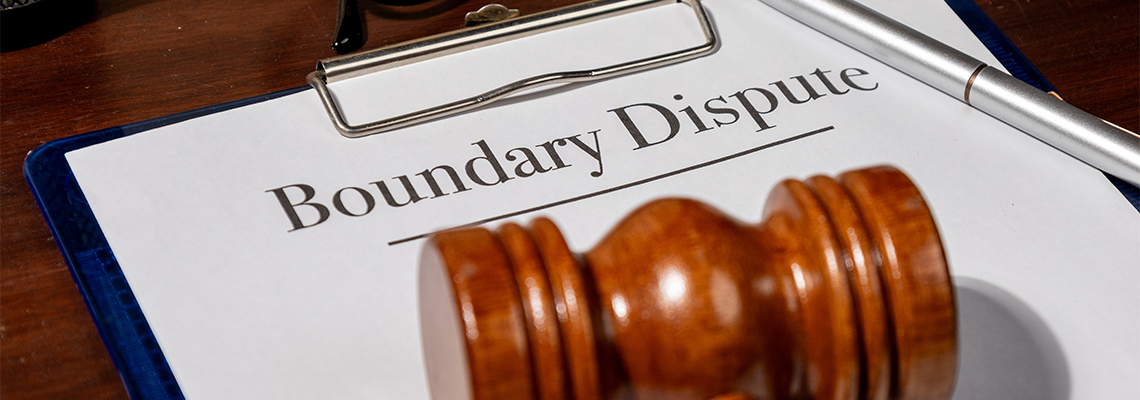Understanding the Personal Injury Lawsuit Process in Michigan
When we begin a personal injury lawsuit in Michigan, there are several key stages. First, we need to file a complaint. Then, the defendant must respond. Finally, we engage in discovery and mediation before the trial.
Initiating the Lawsuit: Filing a Complaint
To start the lawsuit, we file a complaint with the civil court. This document outlines the facts of our case and the damages we seek. We must include details about the accident and proof of the injuries. After filing, the court serves the complaint to the defendant.
The complaint establishes our position as the plaintiff. Our goal here is to present a clear claim that the court and defendant can understand. This step is crucial as it officially starts the legal process. It usually takes a few weeks for the defendant to receive the complaint.
Responding to the Lawsuit: The Role of the Defendant
Once the defendant gets the complaint, they must respond within a given timeframe, typically 21 days. They might admit, deny, or claim insufficient knowledge of the allegations. They may also present counterclaims against us.
The defendant’s response is vital. It shapes the direction of the case and can influence negotiations. They may also file motions to dismiss the case, which the court will review. If the defendant doesn’t respond in time, we may win by default.
Pre-Trial Activities: Discovery and Mediation
Discovery is the next phase. Here, we exchange evidence and information with the defendant. This includes documents, witness lists, and depositions. Discovery can last several months, allowing both sides to build their cases.
Mediation often follows discovery. In mediation, a neutral third party helps us and the defendant try to reach a settlement. This can save time and avoid a trial. Both parties present their side, and the mediator helps negotiate a fair agreement.
If mediation fails, we prepare for trial. Discovery and mediation are essential steps to ensure both sides have all the information and an opportunity to settle out of court. These steps help clarify the strengths and weaknesses of our case.
The Trial Phase: Court Procedures and Jury Deliberation
During a personal injury lawsuit, the trial phase involves presenting evidence, determining liability, and making decisions on damages. Our focus here will cover what happens inside the courtroom and the role of the jury.
Inside the Courtroom: Proceedings and Presentation of Evidence
In the courtroom, both parties present their cases. First, we start with opening statements. The plaintiff’s attorney presents their arguments about the defendant’s negligence that led to the bodily injury. Then the defense presents their side.
Next, we see the presentation of evidence. Witnesses testify, and both sides may cross-examine these witnesses. We might use medical records, photographs, and expert testimony to support our case.
Closing arguments follow. Here, attorneys summarize the evidence and persuade the jury to decide in their favor.
Determining Liability and Damages
After hearing all the evidence, it’s time for the jury to determine liability. They will decide if the defendant was negligent. If so, they then consider the extent of the damages.
Damages can include medical expenses, lost wages, and compensation for pain and suffering. The jury will review the evidence presented and assess the amount that the injured party should receive. This phase helps ensure that we obtain a fair result based on the facts.
Jury Instructions and Verdict
Before the jury begins deliberations, the judge provides them with instructions. These jury instructions outline the legal standards they must follow. The jury reviews these guidelines to decide.
Deliberations can take hours or days. Jurors discuss the evidence and vote. Their verdict must be unanimous in most cases, determining if the defendant is liable and, if so, the compensation amount. The court announces the final verdict.
Settlement and Compensation in Personal Injury Cases
In personal injury cases, settlements are often reached through negotiations with insurance companies. It’s important to evaluate damages for pain and suffering and understand the criteria for punitive damages.
Negotiation with Insurance Companies
We often negotiate with insurance companies to reach a fair settlement. They assess medical bills, lost wages, and other expenses. Our personal injury attorney will negotiate to ensure that the settlement covers all costs. It’s common for insurance companies to offer a lower amount initially. We encourage patience and persistence, as negotiations can take time.
Assessing Damages for Pain and Suffering
Pain and suffering damages compensate not just for physical pain but also for emotional distress. These damages are harder to quantify. We look at the severity of the injury, the impact on daily life, and medical testimony. Different methods, like the multiplier method, may be used to estimate a fair amount.
Awarding Punitive Damages
Punitive damages are awarded to punish the defendant for reckless behavior. These are less common than other types of damages. They require strong evidence that the defendant acted intentionally or with gross negligence. Our role is to gather compelling proof to present this case effectively.



